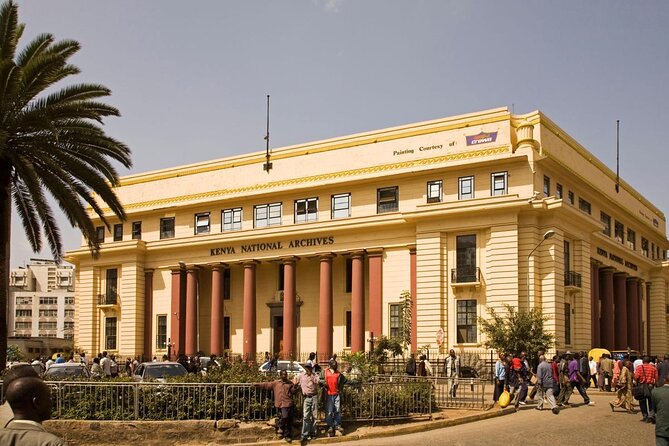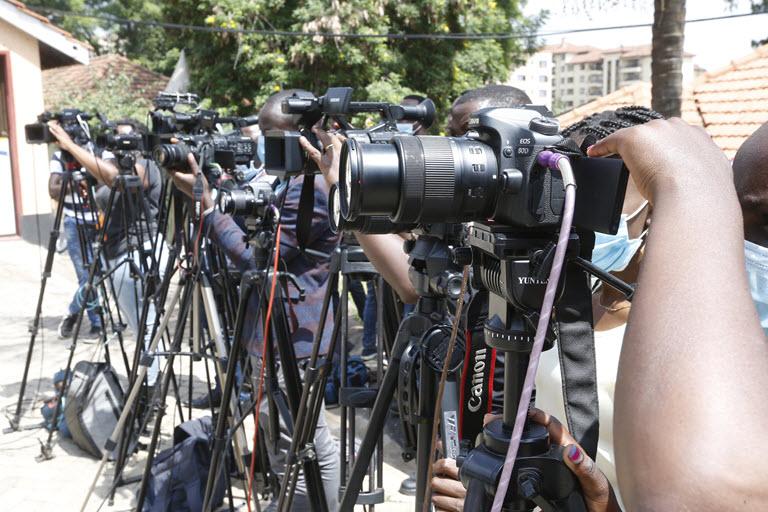Details of Popular Nairobi Buildings Built By Freemasons

Nairobi is by far the largest city in the nation, and the tall structures that have lately been built in the capital are the talk of the town.
For a visitor to the city, a tour of the tall buildings may hurt your neck, but a handful of them will stick in your memory because of the incredible architectural designs that went into their construction.
While the majority of the buildings currently under construction feature European-inspired aluminum cladding and glazing, it is impossible to ignore the beauty and originality of some of the structures in and around Nairobi's Central Business District.
The Freemasons built these structures many years ago, and they have since become well-known monuments in the city. Incorporating their signs and symbols into their labor, the Freemasons built both religious and colonial organizations.
The government architect J.A. Hoogterp started planning Nairobi in the 1920s. A freemason named Sir Herbert Baker succeeded him after he later moved to Johannesburg, South Africa.
Washington DC, Paris, Cape Town, Pretoria, Canberra, New Delhi, and La Plata, Argentina are just a few of the cities whose layout Nairobi has taken cues from. These cities' architectural layouts were thought to be masonic, complete with signs and symbols.
ALSO READ: Rayvanny Reveals How Much He Was Forced to Pay to Leave Diamond Platinumz's Wasafi
The Freemasons had the right and freedom to work wherever they wanted. They were renowned for their exquisite stone carving, bricklaying, and precise construction, all of which have withstood the test of time.
The Freemasons constructed numerous buildings around Nairobi, including institutions for politics, business, education, and religion.
Look up Digital takes a dig at some popular buildings in the city constructed by freemasons.
Kenya National Archives
Cobb & Archer were the designers. Gridlays Bank once occupied the structure, however, it was eventually taken over and converted into an archive. The outstanding Murumbi art collection, rare photographs, colonial records, artifacts, and Jomo Kenyatta's presidential seat are all housed inside the structure.
Parliament Buildings
It was built in the 1950s. The building's design was inspired by Westminster. Thonrnly Dyer and Amyas D. Connell created the design for Parliament. It has gained worldwide recognition thanks to the enormous English clock. The mausoleum of Mzee Jomo Kenyatta, a founding father, is also located there. In compliance with the 2010 Constitution, the Parliament Buildings have recently been enlarged to accommodate more members of the Senate and Parliament.
All Saints Cathedral
The church was built in three phases beginning with the laying of the foundation in 1917. In 1962, the last stage was finished. The church's stained glass windows were created by renowned British stained-glass artist AJ Davis. Freemasonry was practiced by the foreman who oversaw the construction of All Saints Cathedral.
City Hall




